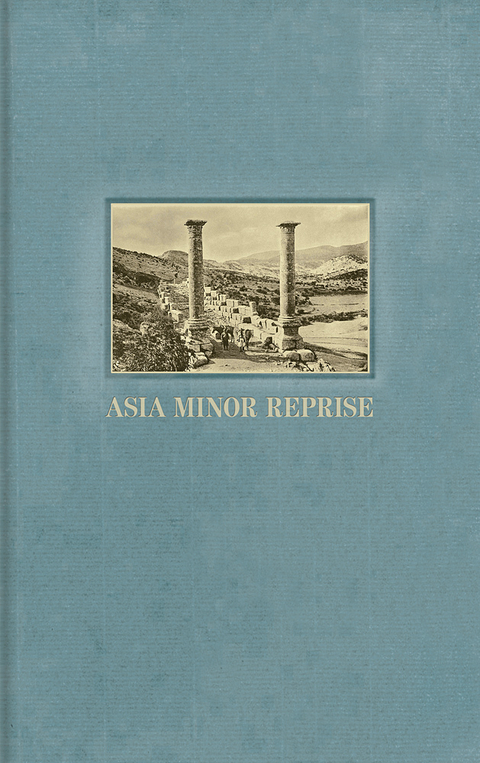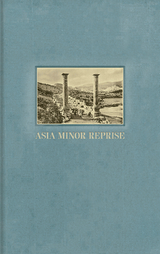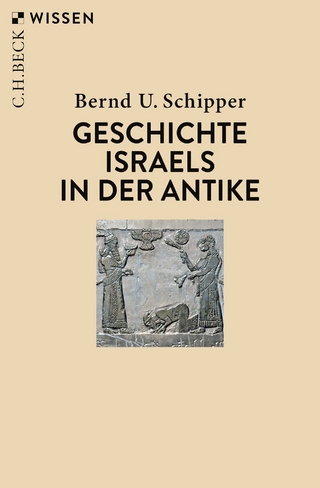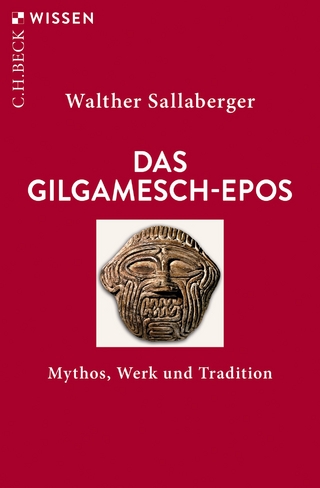Between 2012 and 2016, Ruprecht Schleyer travelled throughout Anatolia, photographing the remains of the most celebrated archaeological sites in Asia Minor. He took with him 19th century archaeological pictures of these places, and photographed the sites from exactly the same place and perspective as the ones made two centuries ago. From the acqueduct at Aspendos to the Sphinx Gate in Galatia, to the Temple of Artemis in Lydia, Schleyer's beautifully diligent photographs record the contemporary condition of these archaeological wonders. Reproduced alongside the astonishing 19th century pictures, these photographs allow you not only to compare the wear of history on these remains, but they also vividly reflect the culture of Orientalism. In some places, grass has grown over the masonry, or a fully grown tree towers over a courtyard, in others a column or statue have disappeared, while sites such as the Roman theatre at Hierapolis, appear scrupulously restored. Schleyer's photographs form such exact comparisons, you can trace the patina of time on actual stones and, standing back, on whole landscapes.
Ruprecht Schleyer writes about his experiences photographing these sites, and relates the history of those who preceeded him in the 19th century. The exotically dressed figures who stand in these earlier pictures are more than living providers of scale; as Wolfgang Filser explores in his essay, they are actors in the 19th century's Orientalist imagination.
Ruprecht Schleyer writes about his experiences photographing these sites, and relates the history of those who preceeded him in the 19th century. The exotically dressed figures who stand in these earlier pictures are more than living providers of scale; as Wolfgang Filser explores in his essay, they are actors in the 19th century's Orientalist imagination.
Wolfgang Filser ist Archäologe am Winckelmann-Institut der Humboldt-Universität zu Berlin. Er leitet römische Grabungen in Italien, unterstützt Ausstellungen mit Fachbeiträgen und interessiert sich für frühe archäologische Fotografie.
Ruprecht Schleyer ist Geologe, er arbeitet beim Umweltbundesamt und ist außerplanmäßiger Professor für Umweltgeologie an der Goethe-Universität Frankfurt. Er reist gerne und interessiert sich für Fotografie und antike Geschichte.
| Erscheinungsdatum | 16.02.2018 |
|---|---|
| Co-Autor | Wolfgang Filser |
| Zusatzinfo | Abb. in Duoton |
| Verlagsort | Tübingen |
| Sprache | englisch; deutsch |
| Maße | 150 x 225 mm |
| Gewicht | 665 g |
| Themenwelt | Kunst / Musik / Theater ► Fotokunst |
| Sachbuch/Ratgeber ► Geschichte / Politik ► Vor- und Frühgeschichte / Antike | |
| Geisteswissenschaften ► Archäologie | |
| Schlagworte | Archäologie einer Periode / Region • Archäologiegeschichte • Architekturfotografie • Architekturgeschichte • Fotografie • Orientalismus • Orientalistik |
| ISBN-10 | 3-8030-1063-2 / 3803010632 |
| ISBN-13 | 978-3-8030-1063-6 / 9783803010636 |
| Zustand | Neuware |
| Haben Sie eine Frage zum Produkt? |
Mehr entdecken
aus dem Bereich
aus dem Bereich




